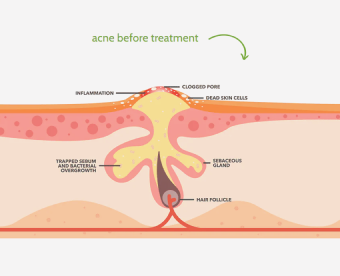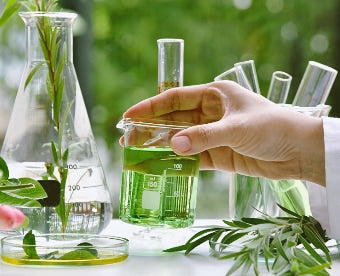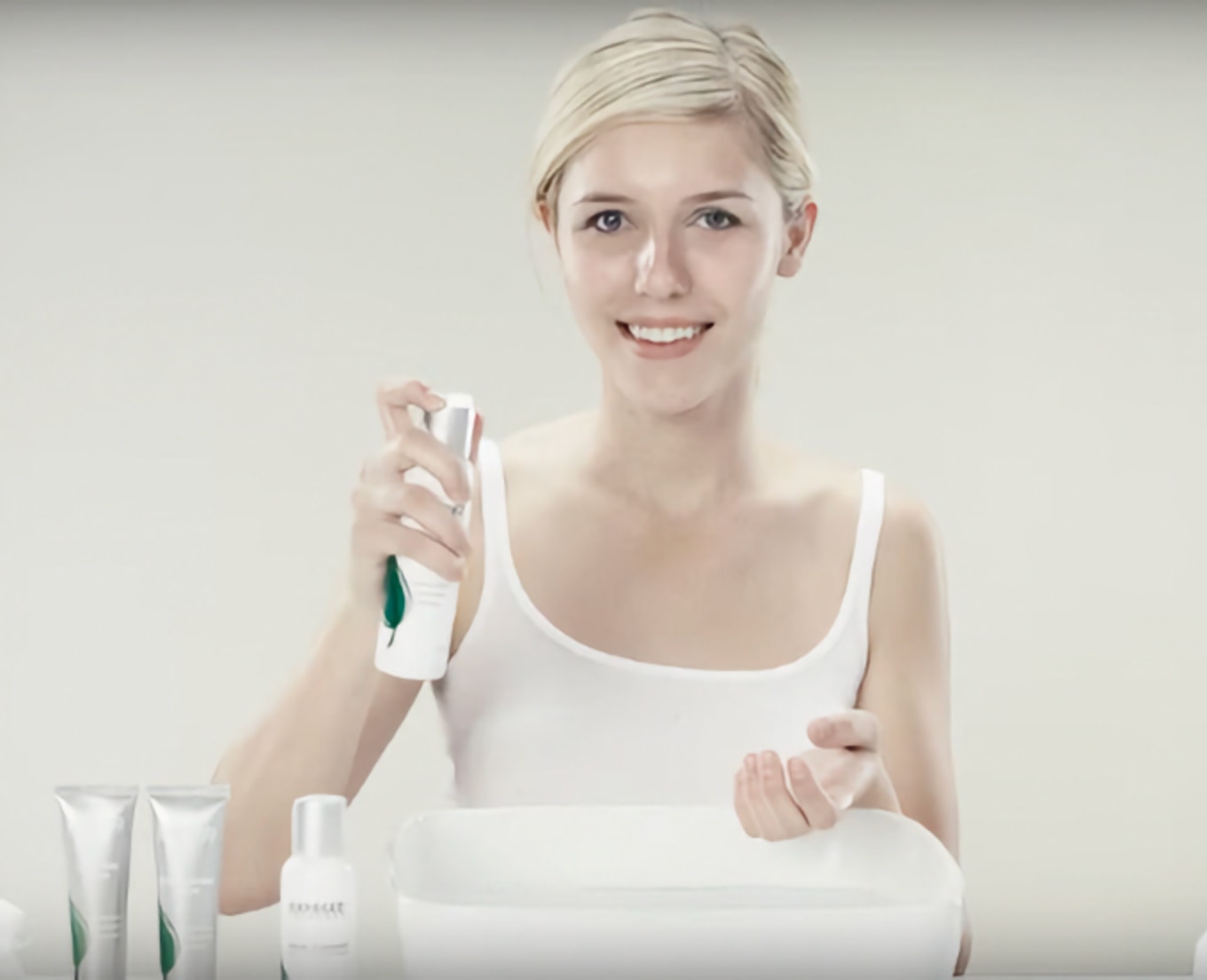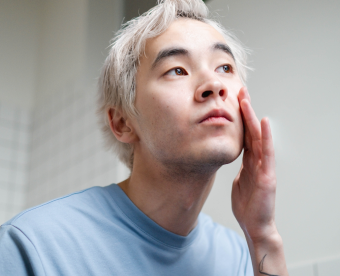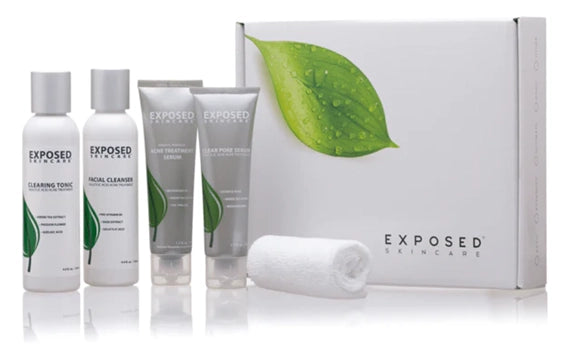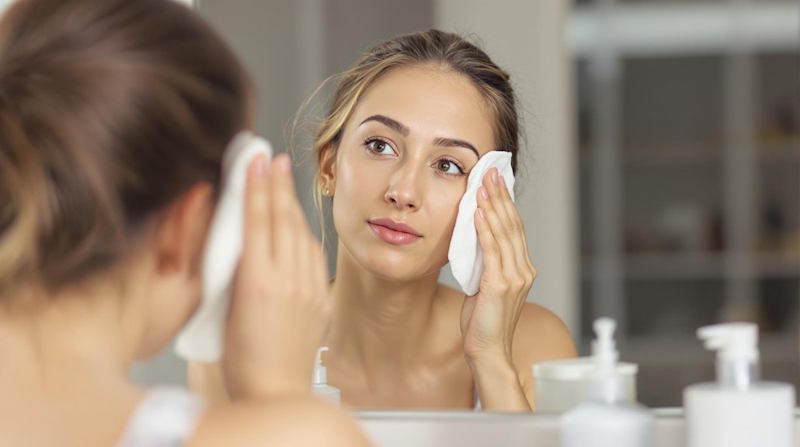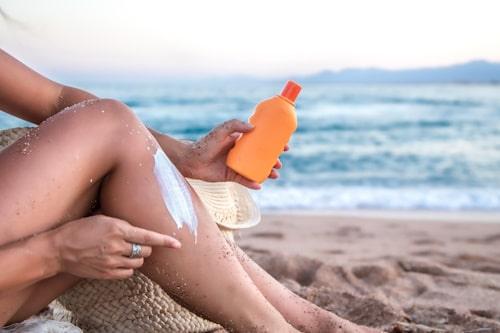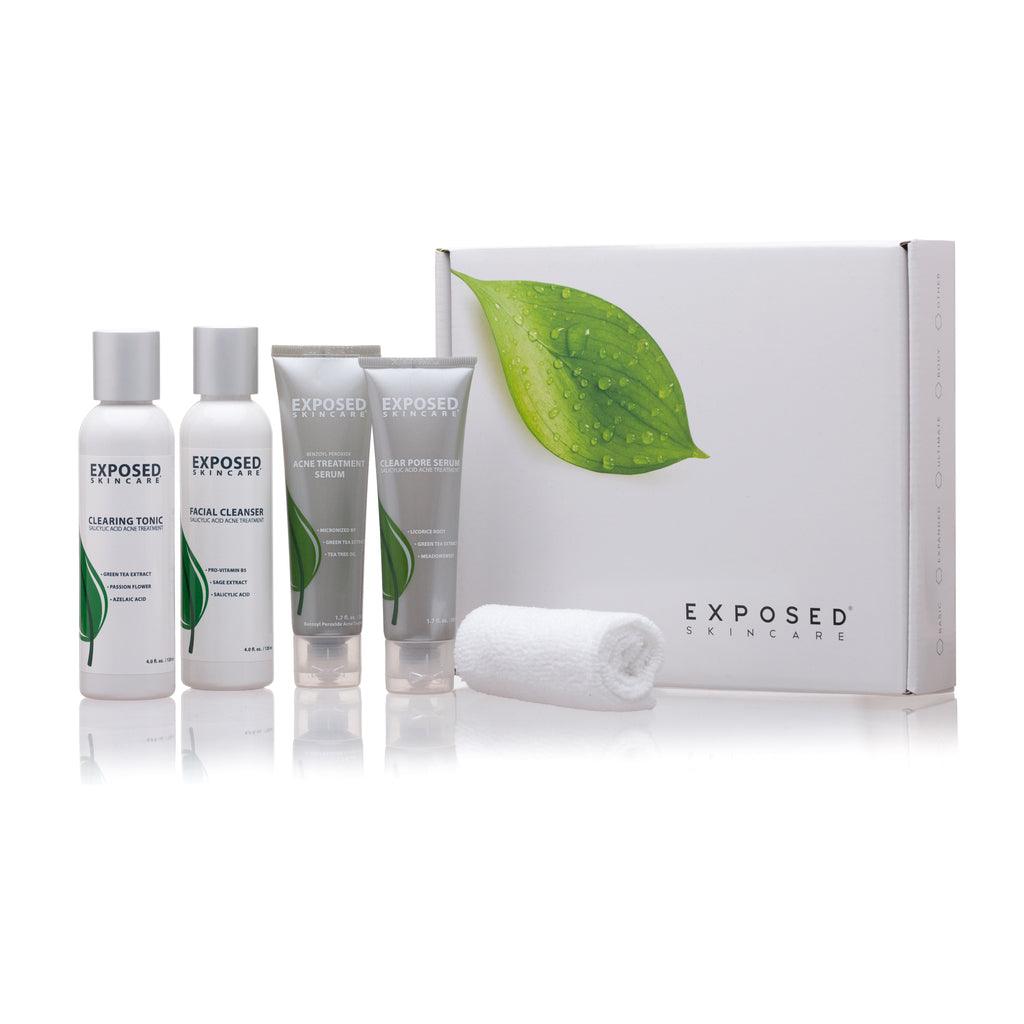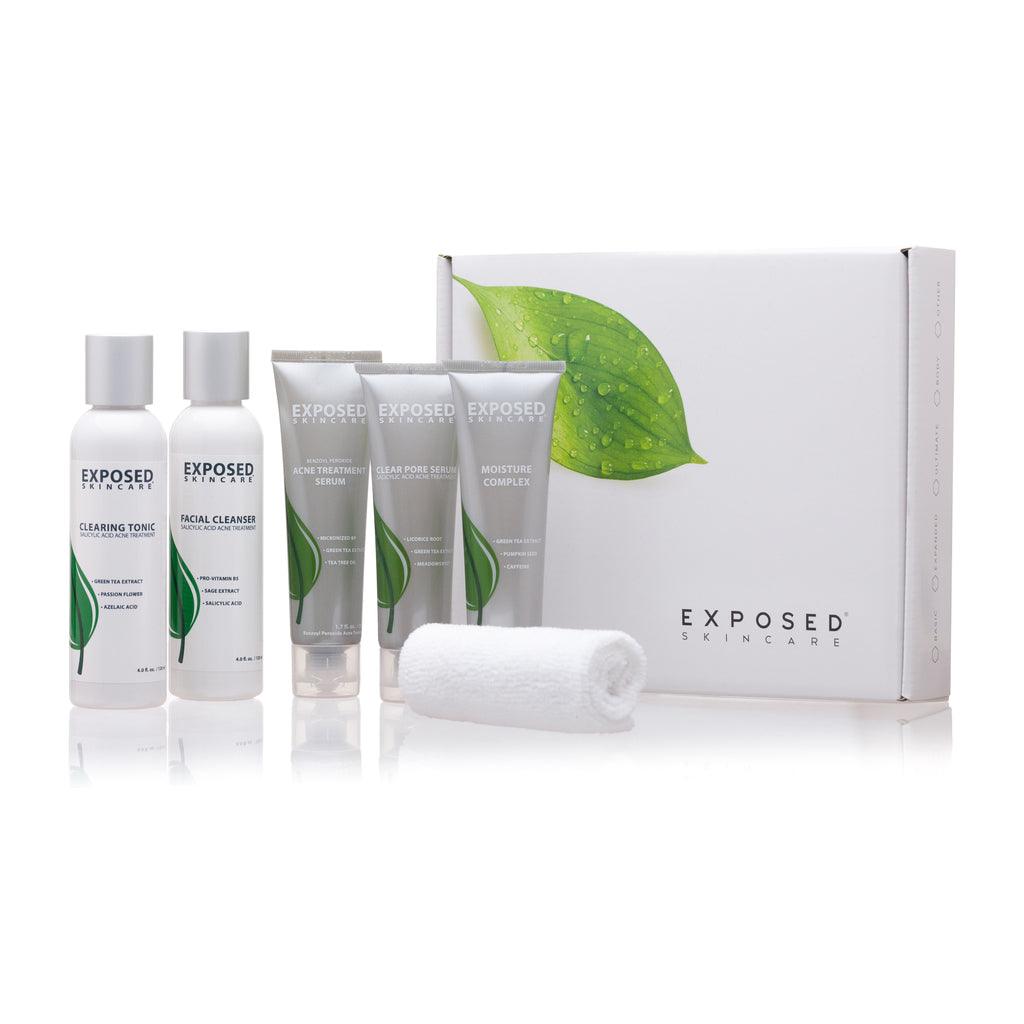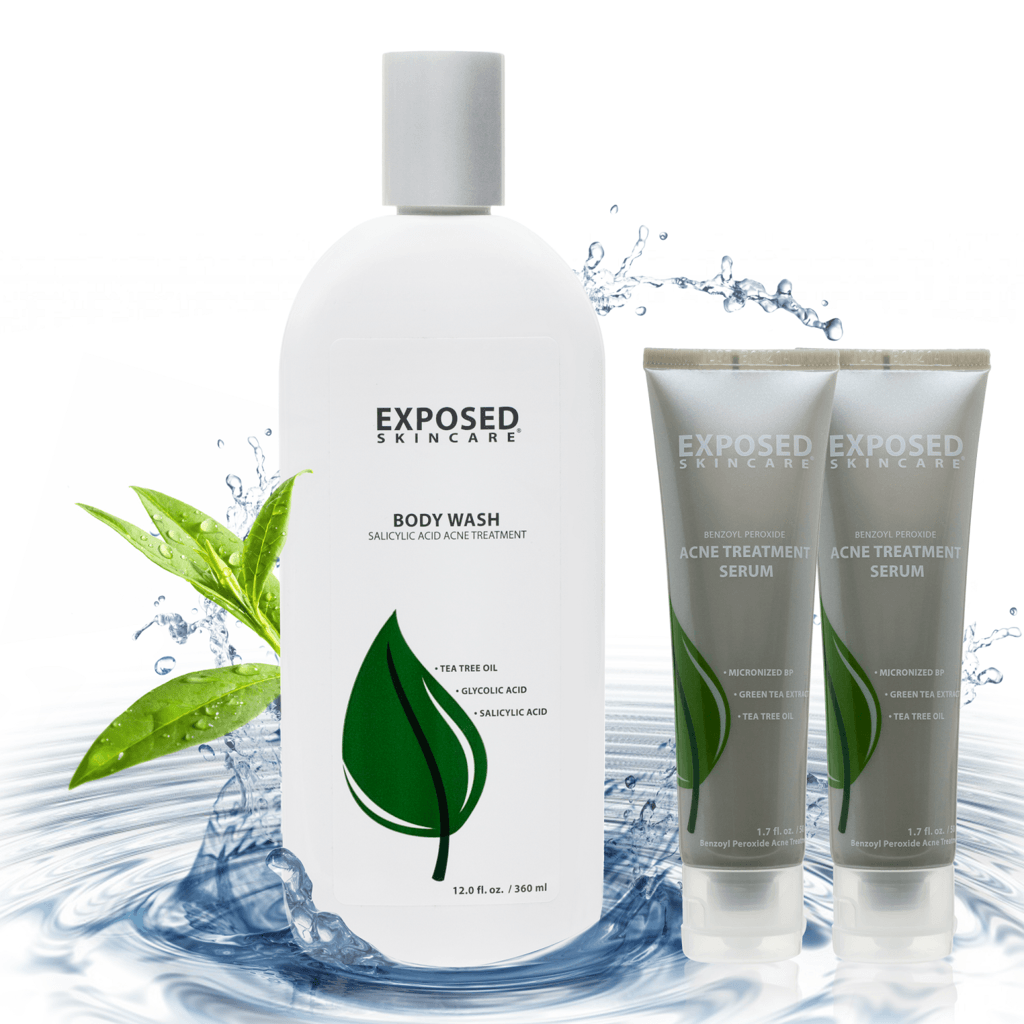As a patient or caregiver, knowing the potential side effects of medications you might take or administer is essential. This knowledge allows you to anticipate, manage, and possibly prevent some side effects. One such medication often queried is prednisone, a type of corticosteroid.
Often, the central question is - does prednisone cause acne? This article aims to shed light on this topic, addressing whether acne is caused by prednisone, how to treat it, and how it differs from other forms of acne.
Also read: How to choose the best acne treatment
Biggest Take-Aways:
-
Prednisone, a commonly used corticosteroid, can cause acne as a side effect - a condition known as steroid acne. This doesn't occur in all users and varies in severity.
-
Numerous treatments are available for steroid acne, from over-the-counter products like benzoyl peroxide and salicylic acid to prescription medications and lifestyle changes.
-
Despite any side effects, it's important not to discontinue prednisone without medical advice. Instead, users should discuss concerns about steroid acne with their healthcare provider.
-
The Exposed Skin Care regimen offers an effective approach to managing acne caused by prednisone, using a combination of scientific and natural ingredients to treat and prevent breakouts.

Unpacking Prednisone: What Is It?
Prednisone is a type of corticosteroid, a class of medications that mimic the effect of steroids naturally produced by your body. Prednisone is commonly used to suppress the immune system and reduce inflammation. It's often prescribed to treat autoimmune diseases, severe allergies, asthma, and some forms of cancer.
Understanding Steroid Acne: A Common Side Effect of Prednisone
What Is Steroid Acne?
Steroid acne is a common side effect of steroid use, particularly systemic steroids like prednisone. This type of acne usually manifests within a few weeks of starting a steroid course. It primarily affects the chest and upper back but can also appear on the face and arms.
How Does Prednisone Cause Acne?
Acne vulgaris, the most common type of acne, occurs when hair follicles become blocked with sebum (an oily substance produced by your skin) and dead skin cells. P. acnes, a bacterium that lives on the skin, thrives in these blocked follicles, leading to inflammation and acne.
Steroid acne, conversely, is a reaction to the systemic use of corticosteroids. The exact mechanism is not entirely understood, but it is thought that the steroids cause an increase in sebum production, leading to blocked follicles and an overgrowth of P. acnes.

Does Prednisone Cause Acne in Everyone?
Not everyone who uses steroids develops steroid acne. Susceptibility varies from person to person, with some being more prone due to genetic factors or pre-existing skin conditions.
Treating Steroid Acne: A Deep Dive into Your Options
Prescription Treatments
In cases where over-the-counter treatments are ineffective, prescription treatments might be necessary:
-
Topical Antibiotics: Like clindamycin or erythromycin, these can be applied directly to the skin to reduce inflammation and bacterial overgrowth.
-
Oral Antibiotics: Such as doxycycline or minocycline can be used for more severe acne.
-
Oral Retinoids: Are reserved for severe or resistant forms of acne.
Over-the-counter (OTC) Acne Treatments
While steroid acne may be frustrating, there are several over-the-counter treatment options available:
-
Benzoyl Peroxide: An antiseptic that helps to reduce P. acnes on the skin. It also aids in removing dead skin cells to prevent blockage of the follicles.
-
Salicylic Acid: Helps unclog pores and prevent lesions such as white and blackheads.
-
Topical Retinoids: Increase skin cell turnover and reduce the skin cells' stickiness in the follicles.
Remember, over-the-counter treatments may not be effective for severe steroid acne.

Lifestyle Changes
Certain lifestyle changes can also help manage steroid acne:
-
Skincare: A consistent skincare routine with gentle, non-comedogenic products can reduce acne outbreaks.
-
Healthy Diet: A balanced diet rich in fruits, vegetables, lean protein, and whole grains can support skin health.
-
Stress Management: Stress can exacerbate acne, so techniques like mindfulness, yoga, or exercise can be beneficial.
When Should You Stop Taking Prednisone?
You should never stop taking prednisone without consulting your healthcare provider. Steroids must be gradually tapered off under medical supervision to avoid withdrawal symptoms. If steroid acne is a concern, discuss it with your healthcare provider, who can suggest alternative medications or additional treatments to manage the acne.

The Link Between Prednisone and Other Skin Issues
Apart from steroid acne, prednisone can contribute to various other skin conditions due to its immunosuppressive and anti-inflammatory properties. Understanding these conditions can help better manage and prevent these side effects.
Folliculitis
Steroids like prednisone can lead to a condition known as folliculitis, an inflammation or infection of the hair follicles. This can cause small, red, and sometimes painful bumps to form on the skin's surface. This condition is typically caused by a bacterial or fungal infection, with the yeast-like fungus Malassezia being a common culprit.
Symptoms of folliculitis include:
- Clusters of small red or white-headed pimples that develop around hair follicles
- Itchy, burning skin
- Tender, sore skin
Depending on the severity, Folliculitis is usually treated with topical or oral antibiotics.
Thinning of the Skin
Long-term use of topical corticosteroids can lead to skin thinning, also known as skin atrophy. This occurs when the outer layer of skin is damaged and becomes more susceptible to injury.
Signs of skin thinning include:
- Shiny or glossy appearance to the skin
- Increased visibility of blood vessels through the skin
- Skin that bruises easily

To minimize the risk of thinning skin, a healthcare provider should use corticosteroids sparingly and as directed.
Misconceptions About Steroid Acne
There are several misconceptions associated with steroid acne, and debunking these can assist in better understanding and managing this condition.
Steroid Acne and Anabolic Steroids
While both prednisone and anabolic steroids can cause acne, they serve very different purposes. Prednisone is a corticosteroid used to treat inflammation and suppress the immune system.
On the other hand, anabolic steroids are synthetic substances similar to the male hormone testosterone, used illegally to enhance muscle mass and performance. Peer-reviewed studies have shown that abuse of anabolic steroids in large doses can lead to severe forms of acne.
Steroid Acne and Fungal Acne: Not the Same
Many people confuse steroid acne with fungal acne due to their similar appearance. However, these are two different conditions.
-
Fungal acne, or Malassezia folliculitis, is caused by an overgrowth of yeast that resides on the skin. This can result in small, itchy pustules.
-
Steroid acne, as discussed, is caused by the use of corticosteroid medication, leading to an overproduction of sebum and subsequent acne.
It is vital to accurately diagnose these conditions, as the treatment options are different.
Managing Acne with Exposed Skin Care
One effective strategy for combating the unwelcome acne caused by prednisone use can involve the utilization of an extensive skincare regimen like Exposed Skin Care. This multi-step system is designed to tackle various aspects of acne and promote healthier skin.
Here are some key benefits of using Exposed Skin Care:
-
Complete System: The regimen includes a facial cleanser, clearing tonic, acne treatment serum, clear pore serum, and a moisture complex. This allows for a holistic approach to acne care.
-
Scientific and Natural Ingredients: The products feature potent acne-fighting ingredients like benzoyl peroxide, salicylic acid, and glycolic acid, alongside soothing natural extracts like green tea, aloe vera, and licorice root.
-
Prevention and Treatment: Not only does Exposed Skin Care help to treat existing acne, but it also aids in preventing new breakouts. This dual action makes it an ideal solution for managing steroid acne.
Remember, while Exposed Skin Care can be beneficial, it's essential to maintain overall health habits such as a balanced diet and regular exercise for optimal skin health.
Conclusion
Understanding the potential side effects of medications like prednisone is crucial for those taking these treatments. One such side effect, steroid acne, can significantly concern many. This article has provided insight into the causes and manifestation of steroid acne and provided numerous treatment options, both over-the-counter and prescription-based. We've also explored other skin conditions like folliculitis and thinning skin that can arise from corticosteroid use, dispelling misconceptions about steroid acne.
Lifestyle adjustments, effective skincare routines, and medical treatments can all contribute to managing steroid acne effectively. Comprehensive skincare systems like Exposed Skin Care, which combines scientific and natural ingredients, can prove beneficial in treating and preventing acne breakouts.
However, any concerns about steroid acne should not lead to abruptly discontinuing prednisone or any other corticosteroid. Always consult your healthcare provider before making any changes to your prescribed medications.
Understanding, managing, and treating steroid acne can lead to better health outcomes and improve the quality of life for those required to use corticosteroids like prednisone. As with all health concerns, knowledge is the key to managing and overcoming challenges, and this holds true for steroid acne as well.
Frequently Asked Questions (FAQs)
Does prednisone cause acne?
Yes, prednisone can cause acne, commonly known as steroid acne. However, not everyone who takes prednisone will develop this side effect.
What does steroid acne look like?
Steroid acne often appears as small red bumps or pustules on the face, chest, and back. Unlike typical acne, it is less likely to involve comedones (blackheads and whiteheads).
What is the treatment for steroid acne?
Treatment for steroid acne can range from over-the-counter products like benzoyl peroxide and salicylic acid to prescription medications such as topical or oral antibiotics. Lifestyle modifications, like maintaining a healthy diet and managing stress, can also help.
Can you prevent steroid acne?
While preventing steroid acne may not always be possible, maintaining a consistent skincare routine and leading a healthy lifestyle can reduce its severity and duration.
Should you stop taking prednisone if you develop steroid acne?
You should never stop taking prednisone without consulting your healthcare provider.

